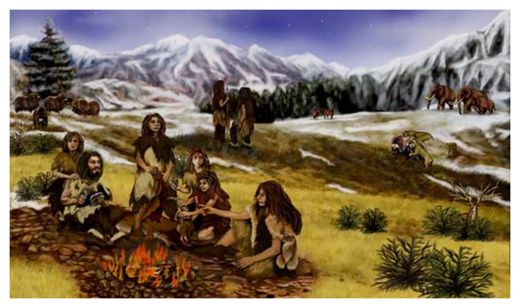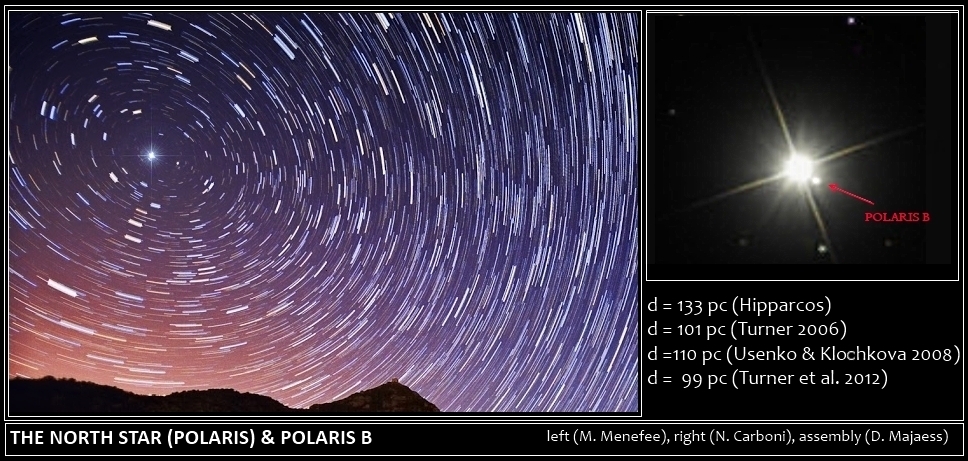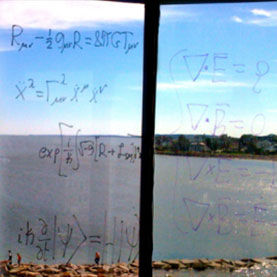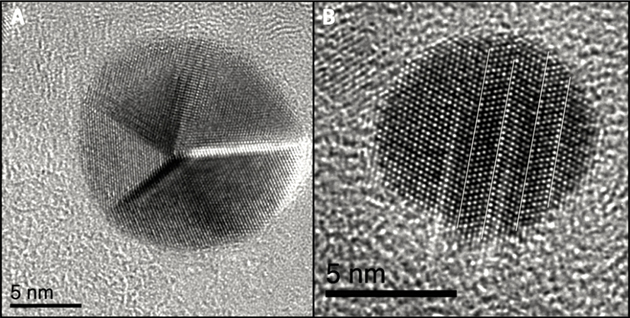
© NASA/JPL-CaltechAn artist's depiction of a Neanderthal family.
The DNA of a Neanderthal found in a Siberian cave has been sequenced, thanks to a new technique that weeded out contamination from modern humans.
The method, described today (Jan. 27) in the journal
Proceedings of the National Academy of Sciences, seems to work on very contaminated samples, as well as on incredibly ancient remains. These benefits could help scientists finally analyze some of the most intriguing archaic human fossils, which have thus far been inaccessible because of contamination from modern
DNA, said study co-author Pontus Skoglund, a paleogenomics researcher at Uppsala University in Sweden.
Archaeologists excavated some of the most tantalizing fossils of ancient humans, such as
Neanderthal bones, decades or even centuries ago. However, while handling the bones, archaeologists often contaminated the archaic DNA sequences with their modern genetic material.
"We can't really blame them for this," Skoglund told LiveScience. "Many of the fossils were excavated before people knew DNA existed." (DNA was discovered in the late 1800s and its information-encoding potential was only understood decades later.)
Without a surefire way to distinguish contamination from ancient DNA, many of the most fascinating fossils have kept their genetic secrets hidden.



